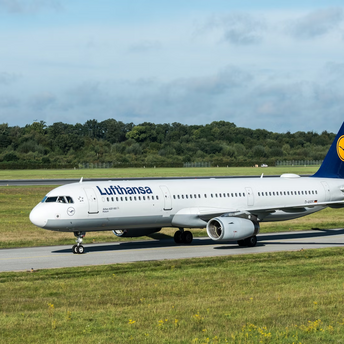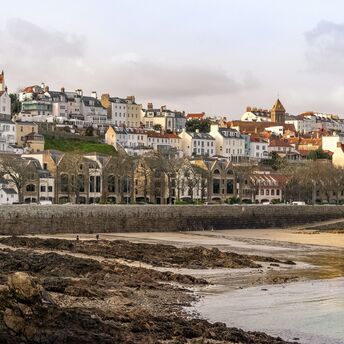What Wat is the Best Wat?

For six centuries Angkor Wat temple and the area surrounding Siem Reap was home to the rulers of the Khmer Kingdom, one of the mightiest civilisations in South East Asia. Like Choquequirao or Borobudur temple, little of what they built has survived the test of time. The largest pre-industrial city in the world is now little more than a bookmark in history. Abandoned centuries ago it was left to the jungle as the empire imploded on itself.
This is the land famous for Angkor Wat temple, but it should be known for so much more. At its height the Khmer Empire was a true cultural melting point where the religion of the Indus met the Buddhists of China. Monuments in celebration of both religions are littered around this land. Here and there like oasis in a desert archaeologists have fought back to reclaim the past. Below is a list of four very different must see temples and palaces like Angkor Wat temple in the heartlands of the Khmer.
Angkor Thom Rarely have I walked through a temple complex and felt like I could be on a film set; think Indiana Jones and the Temple of Doom. In scope terms of grandeur it is easily the equal to Angkor Wat temple. Built in the 12 century, its construction marked a turning point for the empire. Angkor Thom is a very public monument to Buddhism, the religion of their greatest warrior king.
Much of Angkor Thom still lies in ruins, but it adds to the enchantment of the place. Small green ferns have made their homes in the gaps between the rocks, waiting for their chance to reclaim the land. Weathered faces of Buddha made from a patchwork of stones look out serenely over the temple complex.
Angkor Wat Angkor Wat temple is the most famous of Cambodia’s historical monuments, it also receives the lion’s share of visitors. You will need at least an hour to explore this enormous Hindu temple complex, an experience you will be sharing with hundreds of tourists.
Unlike some of the other temples surrounding Siem Reap, lots of time and money have been spent on restoring the Angkor Wat temple and its grounds. This has made a real difference to the experience. Unfortunately when I visited, the front of the temple was under a web of green netting, which rather ruined the view.
Preah Khan
Whether for the ambience or lack of funds, archaeologists have decided to accommodate the jungle in the grounds of Preah Khan temple. Trees grow in and on the temple buildings. Roots push up the ground tilting the foundations of the buildings and the large walls. Wooden support struts precariously fight a battle against gravity, while a tropical climate and termites undermine the foundations.
My overall feeling was that Preah Khan temple is like a giant 3D puzzle made from thousands of stones, where pieces still need to be fitted together. There is still a lot of reconstruction work that needs to be done to get this place looking as good as Angkor Wat temple. However, this also creates a bit of the temples magic.
East Mebon Elephants were the Khmer equivalent of a JCB, or a tank depending on what you needed them for. While their thick hides and sheer size made them perfect for war, their strength could be used to clear forests. It is perhaps no surprise that they became associated with gods and are celebrated at East Mebon temple.
The other interesting thing about East Mebon is that it gives you an idea about the different temple designs used in the region of which there are two; the step pyramids and the large temple complexes. East Mebon is a great example of the step pyramid design while Angkor Wat temple is the best example of the large temple complex.



















